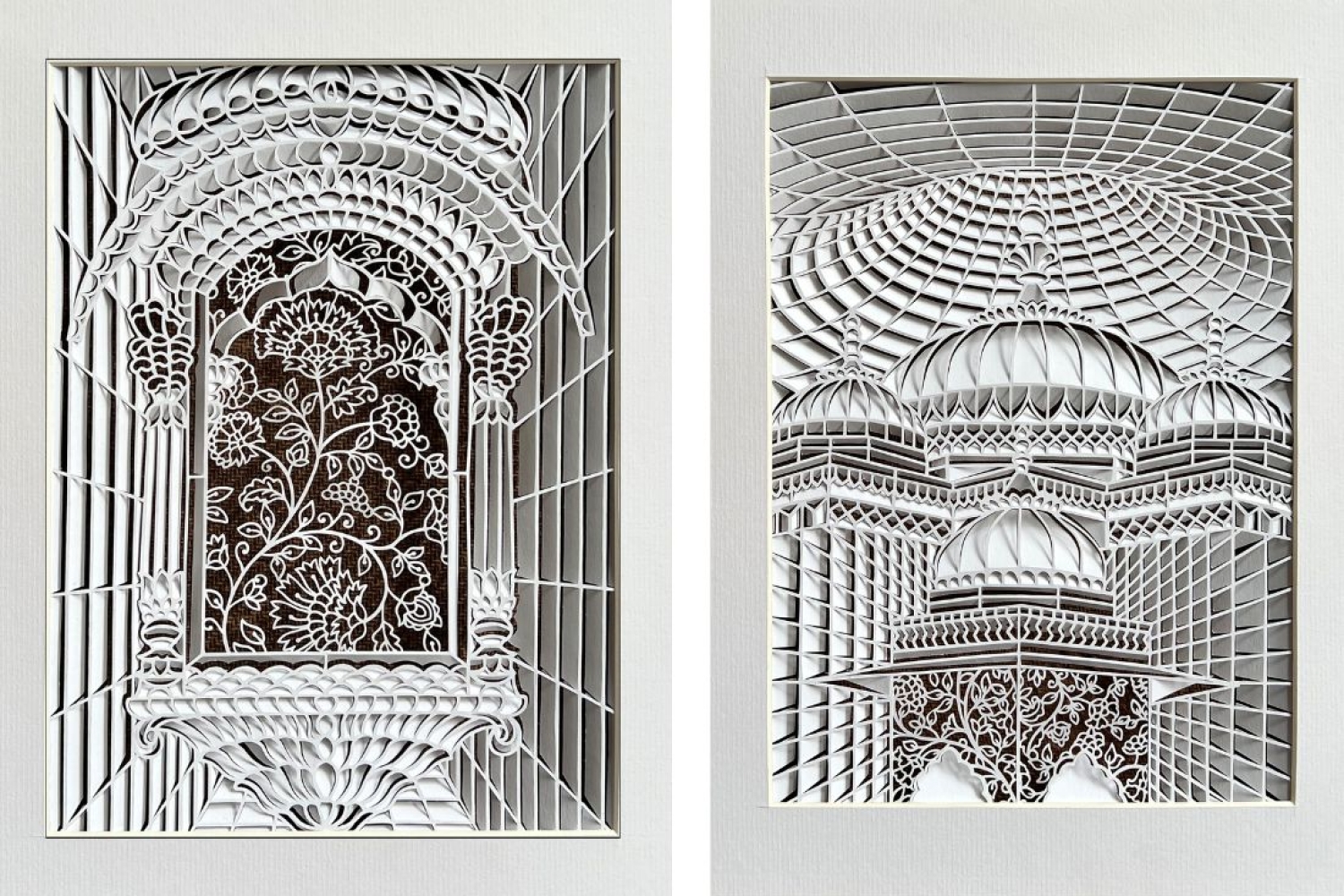
Heritage Series

Heritage Series
From graffiti stencils to intricate paper sculptures, Parth Kothekar has carved out a unique path in the world of paper art. A self-taught artist with an unyielding passion for the craft, his journey from humble beginnings in Ahmedabad to creating mesmerizing, almost sculptural works has been shaped by a blend of personal determination.
We talk to to him about his artistic evolution, the technical mastery behind his intricate pieces, and how their cultural background subtly influences their work.
When did you first realise your knack or interest in paper art?
It started in 2012 when I used to make graffiti stencils. While experimenting, I realized that if I reversed the stencil design, it became a papercut. Until then, I wasn’t aware of paper art, and I was impressed by my own work, which motivated me to practice it daily.
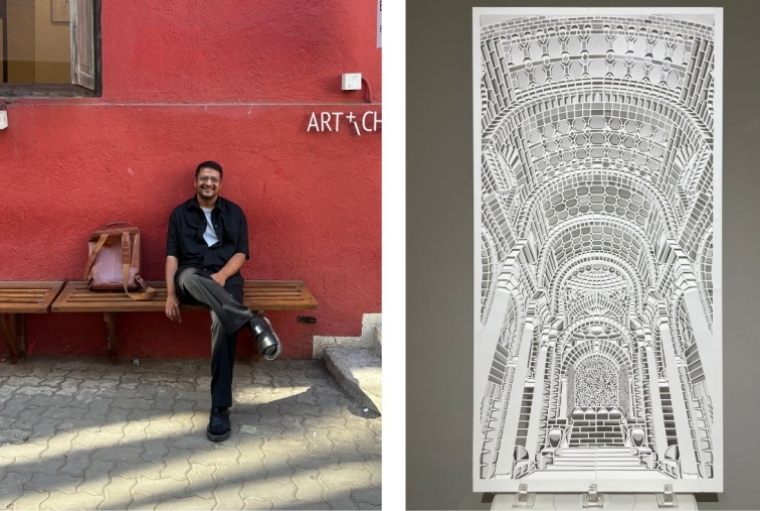
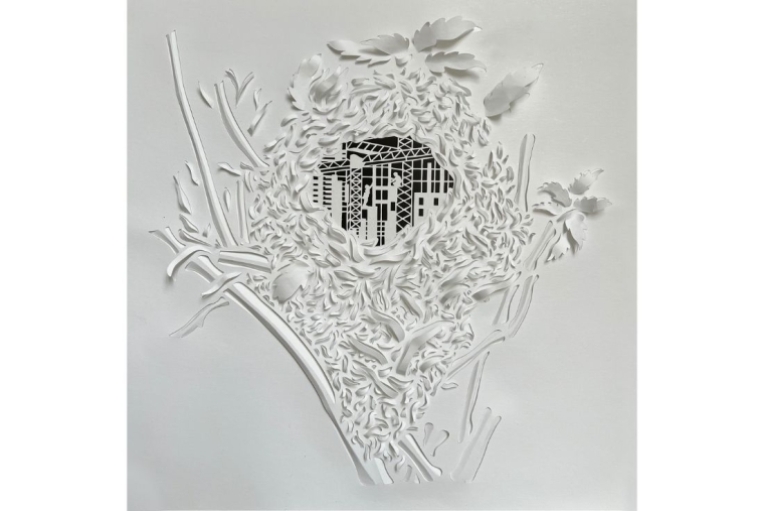
Tree-less existence Series (Where construction invades the privacy of nature)
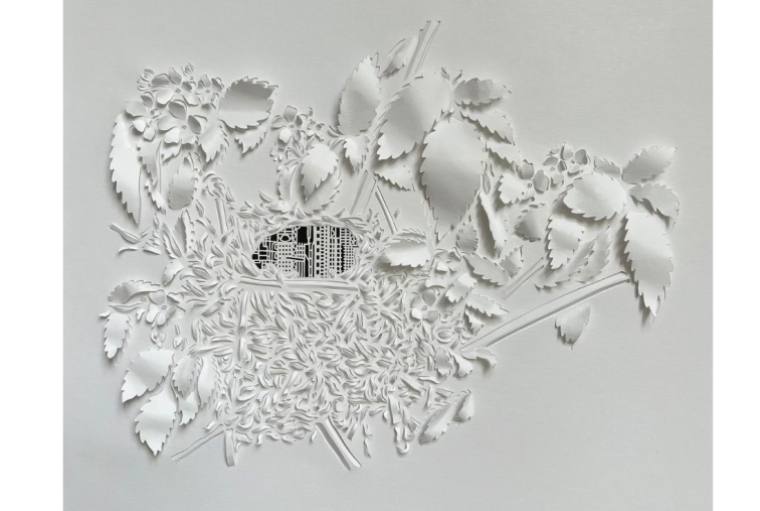
Tree-less existence Series (Where construction invades the privacy of nature)
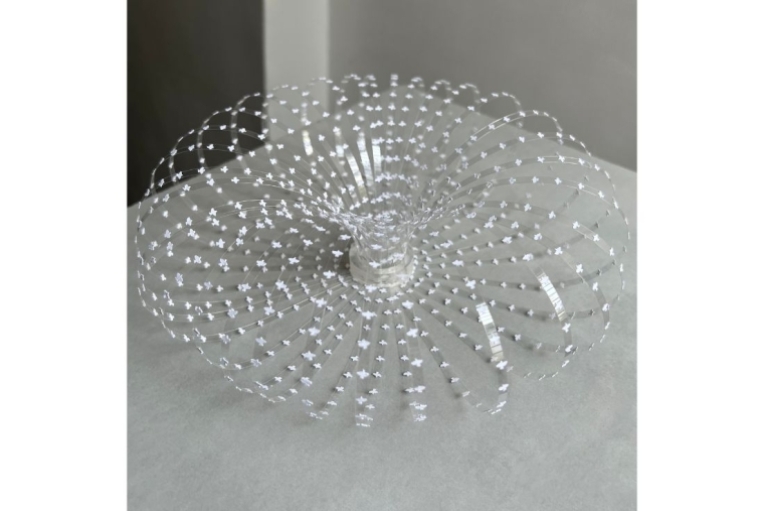
Sculpture
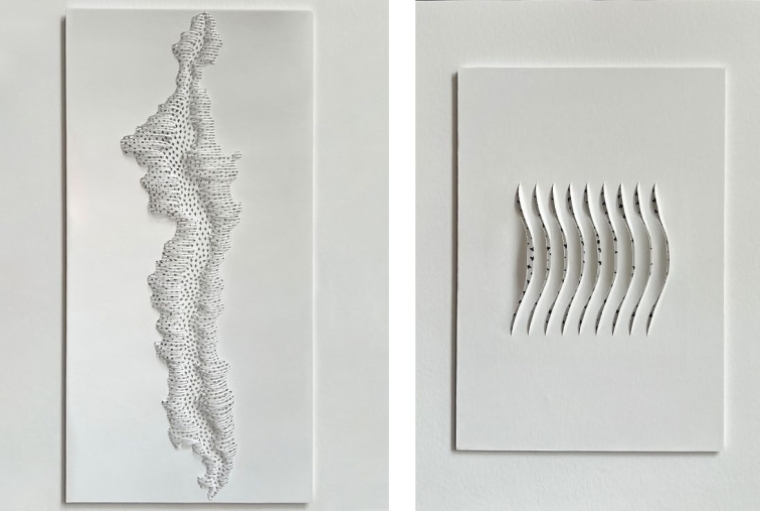
Tree-less existence Series (Where birds live under the ground)
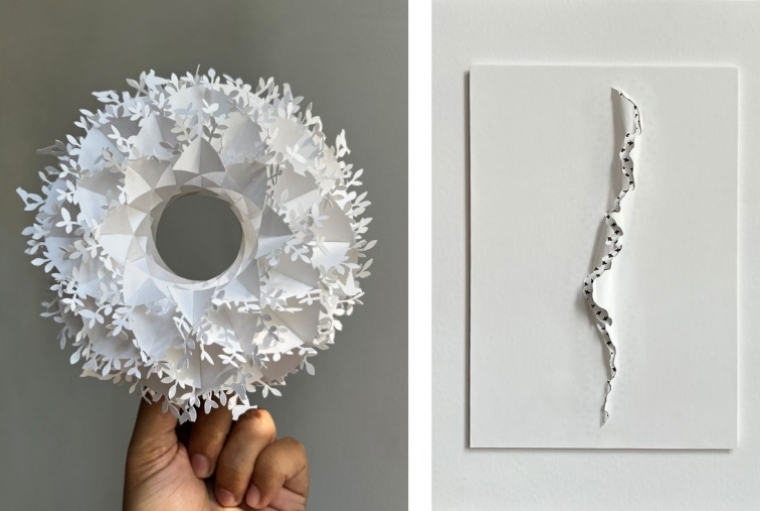
Sculpture (left) | Tree-less existence Series (Where birds live under the ground) (right)
Words Paridhi Badgotri
Date 21.01.2025